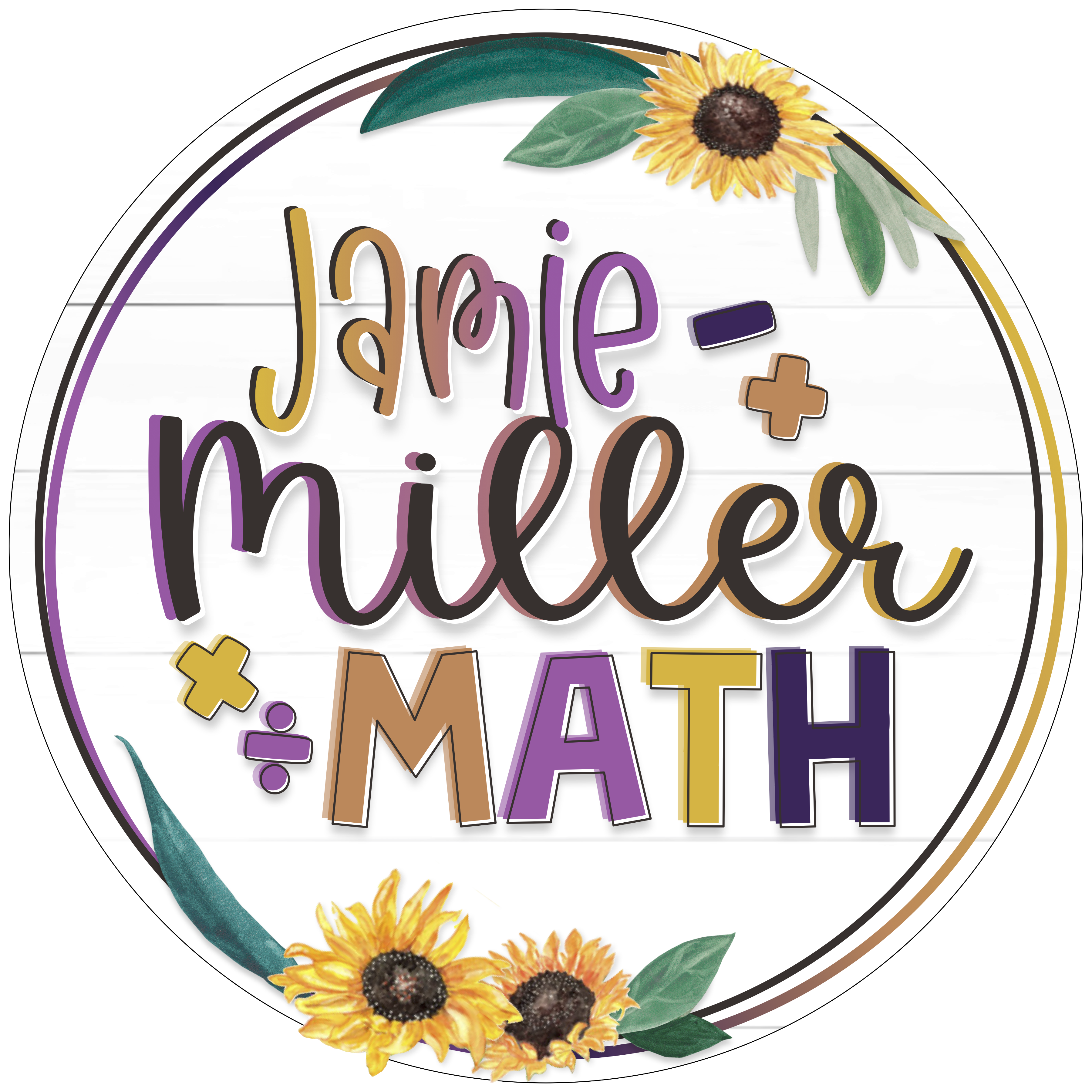
Movement in the Classroom
Looking to have your students be more active and engaged during class? Get them up and moving!
Why should you incorporate movement into the classroom?
The benefits of movement include but are not limited to: using up excess energy, improving metabolism, burning more calories, improving core strength and posture, and increased motivation and engagement. Research shows that there is a link between physical activity and higher academic performance, improved health, and better behavior.
Here are just a few ways to get your students moving during class:
- Daily Flow/Mindfulness: Daily Flow/Mindfulness includes active stretching and flexibility exercises to focus on breathing and clearing the mind. Daily Flow/Mindfulness exercises can be used on a regular basis, before a test, or during any stressful situation to ease some tension for your students. I love throwing in some yoga poses with my middle school students and it typically takes less than 5 minutes to complete. Youtube is usually my go-to resource for videos and ideas.
2. Tabatas: I do Crossfit and loving being able to share this passion/hobby with my students by using Tabatas. Tabatas are designed to be used as brain breaks in your classroom to get your students up and moving. A Tabata is a form of training that alternates short periods of intense exercise with recovery periods (20 seconds of work, 10 seconds of rest). Tabatas only take a few minutes. No equipment is required. Click here to check out a product I use in my classroom on a regular basis.
3. Games/Activities: I can’t think of a better way to incorporate movement into the classroom than using games and activities. Some of my favorites include task cards (SCOOT), scavenger hunts and egg hunts, Math Lottery, Trashketball, Grudgeball, and SWAT. (Side note: Some of these ideas are from other educators on Instagram.) Students find themselves so engaged and immersed in the games/activities that they forget they are learning, analyzing, problem-solving, and communicating with a team all while being active.
My Twosense
I have to admit that I was skeptical about utilizing movement in my classroom until I took a graduate class about the benefits of a kinesthetic classroom. My anxiety kicked in. I worried about covering all of my curriculum and preparing my students for state testing. I feared that my classroom space was not conducive to moving and learning. I wondered if my students would even be able to handle moving in such a tight space.
Well, I am here to tell you that incorporating movement into my classroom is one of the best things I have done as a teacher. You will still be able to cover all of your curriculum because your students will be more engaged and focused. You will make your classroom space work for movement. Sometimes that means going outside or to the auditorium or gym for an activity or utilizing your hallway. Your students will be able to handle movement in the classroom with firm expectations and appropriate modeling of what the exercise or activity should look like.
Movement doesn’t have to be anything extravagant. Sometimes movement in my classroom is as simple as passing a ball when giving answers during a class discussion.
Comment below with how you incorporate movement into the classroom and/or your reservations about incorporating movement!





